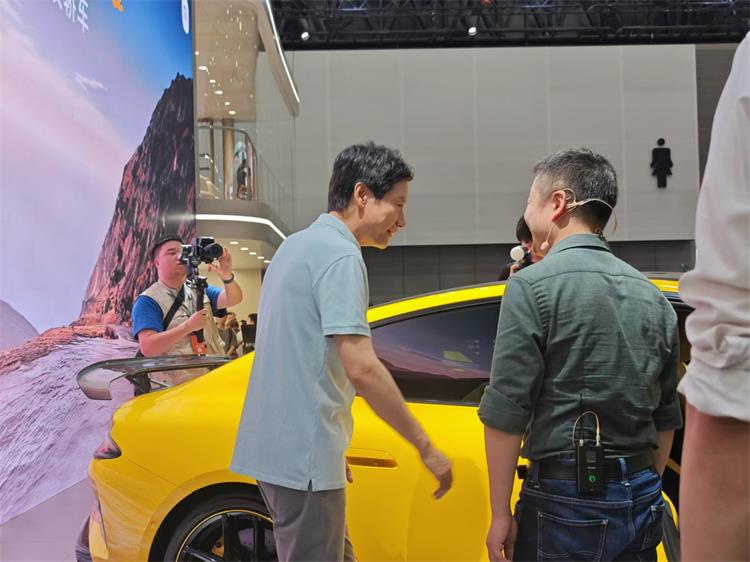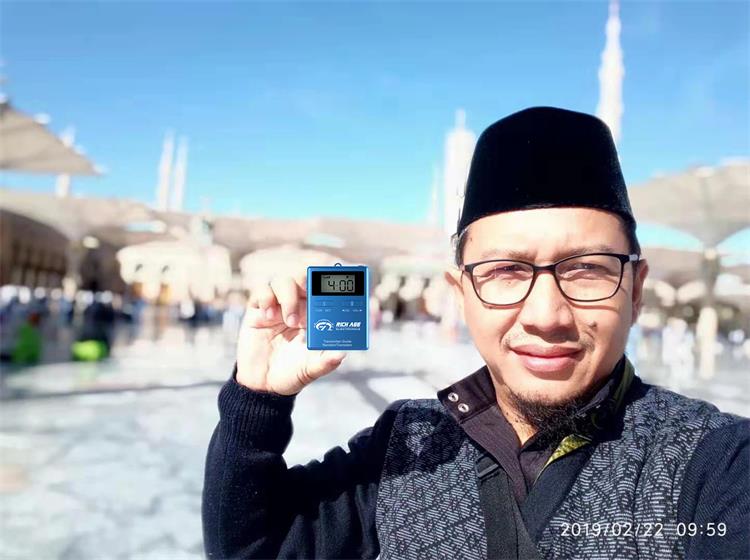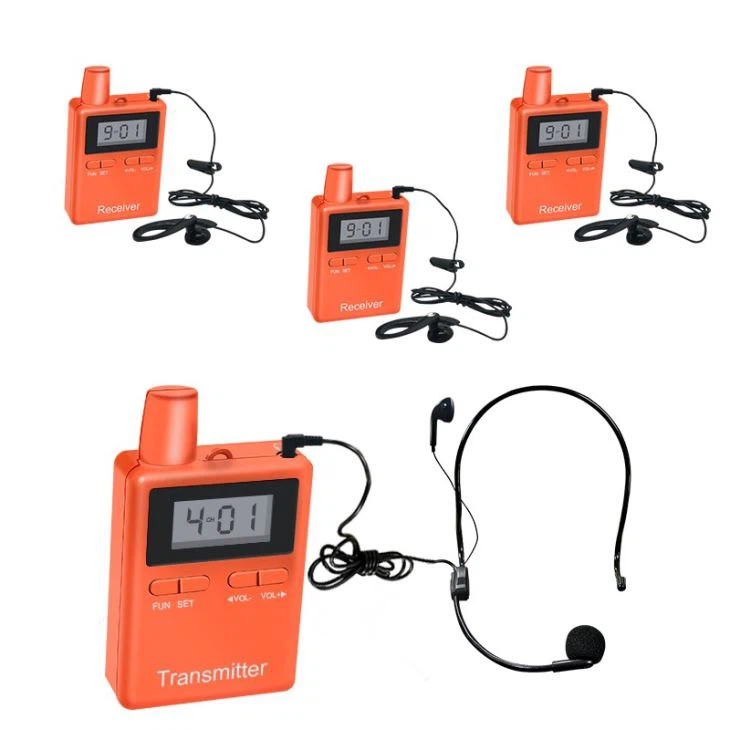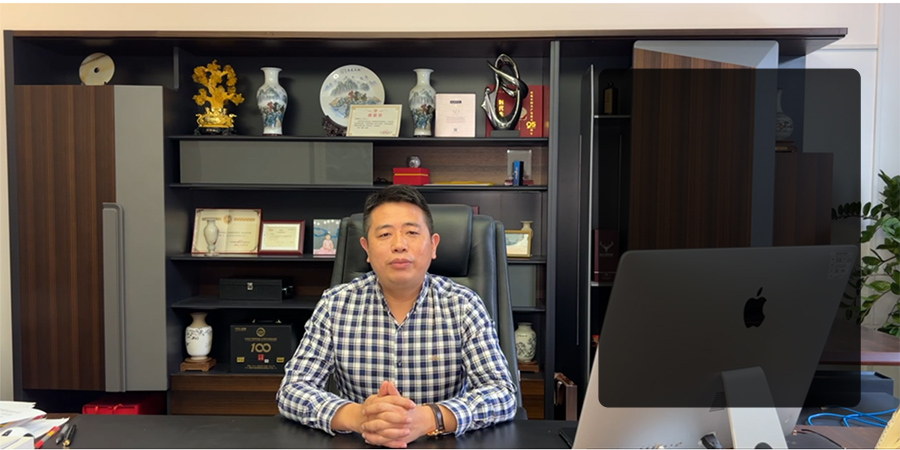Q: How does a wireless tour guide system work?
A: The wireless tour guide system uses wireless transmission technology to send the guide’s voice from a microphone to the listener’s receiver or headphones. The system typically operates on UHF or 2.4GHz frequencies to ensure stable signals and clear audio, even in noisy environments.
Q: What kind of places are wireless tour guide systems suitable for?
A: Wireless tour guide systems are widely used in tourist attractions, museums, exhibitions, conferences, and other venues, especially in crowded or noisy environments. They allow guides to deliver personalized explanations to each visitor while ensuring clear sound for everyone.
Q: Is the wireless tour guide system easy to operate?
A: Yes, wireless tour guide systems are designed to be simple and user-friendly. The guide just wears the microphone and turns it on, and the system automatically connects to the visitors' receivers, making it easy to use for both the guide and the visitors.
Q: What languages can church translation headphones support?
A: Church translation headphones typically support multiple languages and can be customized according to the church's needs. The system can transmit translations in different languages simultaneously, making it suitable for international religious services.
Q: What is the transmission range of church translation headphones?
A: The transmission range of church translation headphones is typically up to 200 meters, which is adequate for most church settings. The system provides stable signals, ensuring that every congregation member can clearly hear the translated content, even in larger spaces.
Q: What size venues can museum audio guide equipment be used in?
A: Museum audio guide equipment is suitable for venues of all sizes, from small exhibitions to large museums. The system can be tailored to accommodate the number of visitors and the layout of the space, ensuring an optimal experience. Its wireless design also ensures that visitors are not physically limited during their tour.




































